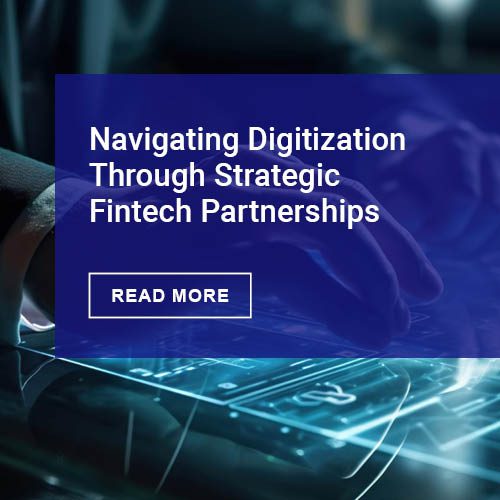In the not-too-distant future, your bank will be able to prevent fraud by learning how you type, your car will unlock when it senses the electrical activity of your heart and the security system at your office will recognize your facial features.
That’s according to experts in the field of biometrics, which identifies a person by measuring unique characteristics such as their fingerprints, their retinas or their voice.
But these types of distinctive identification authentication processes offer more than the promise of a higher degree of security than traditional passwords.
Biometrics will also free consumers from the need to memorize a myriad of characters — a convenience that will appeal to anyone who needs to access a secure computer or network regularly.
As progressive banks and other financial institutions look to improve the user experience for their banking customers, many are looking at biometrics and other authentication methods to enhance their channels solutions. Helped by the increased use of fingerprint scanners in many of today’s smartphones, an increasing number of branch and mobile banking solutions include fingerprint or palm vein authentication (or are under consideration) at many banks and credit unions. Also under consideration are such technologies as retina and gait recognition.
Overview by Ed O’Brien, Director, Banking Channels Advisory Service at Mercator Advisory Group
Read the full story here











